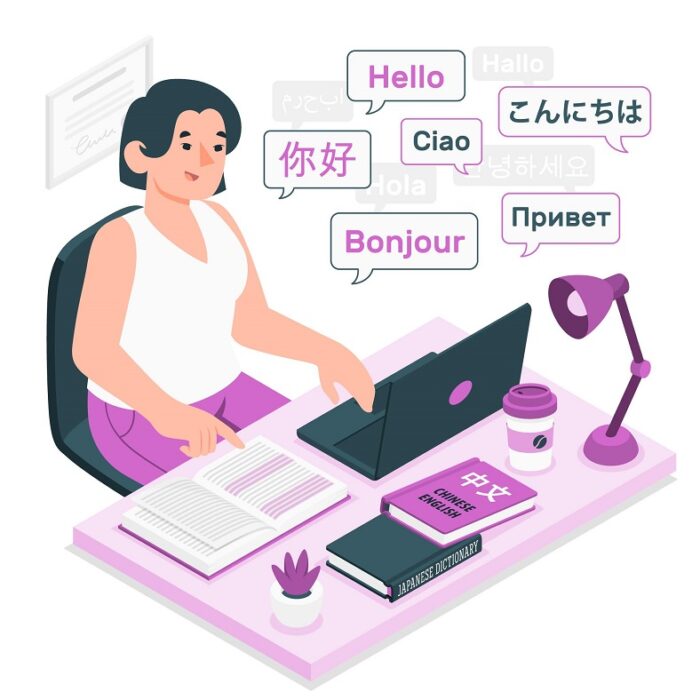
Transcription requires a high level of concentration and listening skills to complete. Interview transcription is even more complex due to the multiple speakers and environmental noises that might affect the sound quality.
A common question among professional transcribers is how fast one can complete an interview transcript. Regardless of the type of audio or video material, transcription delivery time is critical, especially for time-sensitive projects.
Strategies to Help Improve Your Transcription Speeds
Fast transcription is more complicated than it sounds. Moreover, there is no one-size-fits-all method to speed up the process. Everyone has strategies that work for them. However, there exist proven ways that can help you transcribe interviews faster. Let’s discuss some of them.

A Good Working Environment
A good working environment is essential for any type of work. However, due to the sensitivity of transcription projects, it is key to increasing speeds. Usually, this is a nice, quiet corner or a place where you can work without interruptions such as background noise.
This type of setting is very helpful, especially when using a voice input tool to create interview transcripts faster. Most voice typing tools have a tough time processing speech when there is a lot of background noise.
Also, never underestimate the value of a good chair. Most of the time, when you’re transcribing, you spend a lot of time in front of your computer. A comfortable chair that conforms to your body’s natural shape helps you maintain good posture. Not only does this help you focus on transcription, but it’s also vital for staying healthy.
Having Useful Tools
Using good audio or video transcription services or tools is one of a transcriptionist’s top priorities, especially if they are looking to speed up the creation of interview transcriptions.
It isn’t easy to transcribe every word accurately on the first try. Transcription, therefore, requires a lot of voice manipulation. This is where transcription tools come in. Additionally, you would need tools to help pause, rewind, and fast-forward an audio file as you transcribe.
Lastly, consider investing in a quality headset. It can help you better understand unintelligible words, distinguish difficult accents, and transcribe words more accurately. Noise-canceling headsets, in particular, are a godsend for those awful-quality audio files. Lastly, you can invest in an ergonomic keyboard that makes typing for long periods easier.

Improving Typing Speed
Typing speed is probably one of the first considerations when working with interview transcripts and other research data. This is understandable, as typing speed is critical when producing transcriptions. The faster you type, the quicker you can deliver the job.
You can increase your typing speed by learning touch typing, which not only helps you type faster but gets you more comfortable on the keyboard. Touch typing also helps you learn how to use all your fingers to increase your typing efficiency.
Using Autocorrect Tools
Spelling errors often occur in transcription work, especially when one is trying to meet deadlines. Ironically, speeding up your typing can slow down your overall output time as it can take longer to correct all your mistakes manually.
Autocorrect tools, therefore, become very handy when working on interview transcripts. When used correctly, autocorrect can save a lot of time manually identifying and correcting mistakes. It also helps you format sentences and correct grammatical errors.
However, depending on the instructions and instances where a speaker misspeaks or mispronounces a word, it is important to keep the transcript as it is. You should therefore go through your work to ensure that autocorrect does not mess with such occasions.

Practice, Practice, Practice!
Practice is key when learning any new skill. This is true with transcription, as the more interviews you transcribe, the better the quality gets. One way to practice your transcription skills is by transcribing videos and audio recordings in your free time.
Find a Good Transcription Service
Although learning and perfecting your transcription skills is possible, the process is time-consuming and tasking. A good transcription service, such as GoTranscript, does all the work for you at a very affordable price. Moreover, such services have seasoned transcribers, knowledgeable in different topics and types of transcription.

With a reputable transcription service, you get quality interview transcripts at the highest accuracy levels. Moreover, the turnaround time of these services is shorter than transcribing an interview yourself. You’re, therefore, able to concentrate on more important tasks while the professionals do what they do best.











